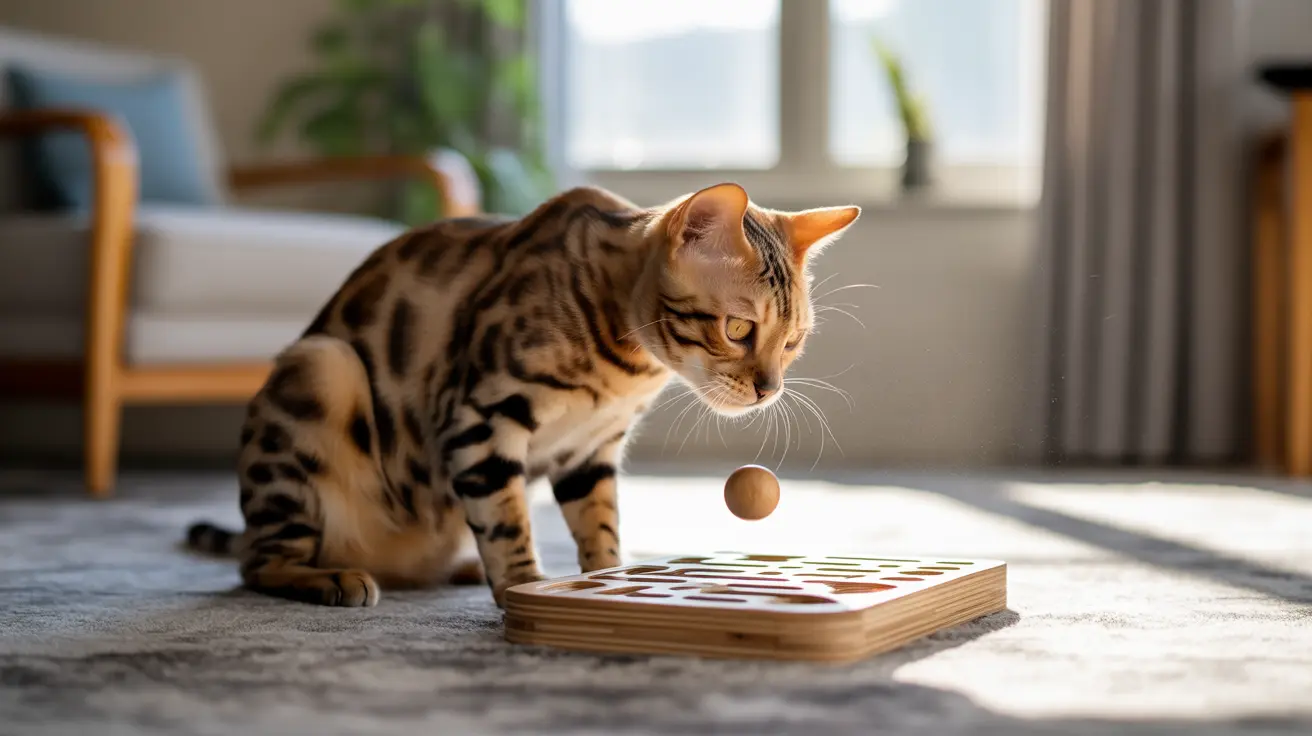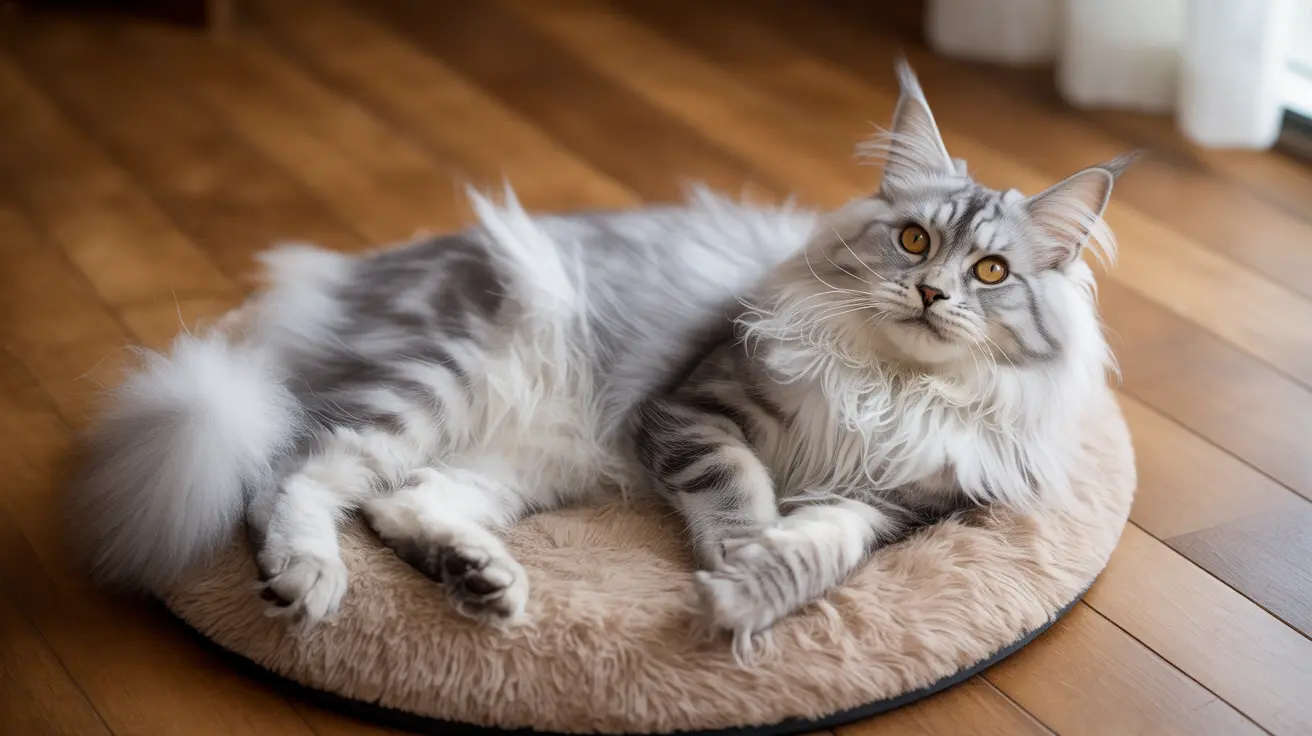Best Pet Odor Eliminators for Carpet: A Comprehensive Guide
Dealing with unpleasant pet odors in carpet—especially from urine—can be a frustrating challenge for any pet owner. Dog and cat urine not only smells bad but can trigger repeat marking due to the pheromones it contains. Fortunately, there are proven strategies and products that can help eliminate these odors effectively and preserve the hygiene and comfort of your home.
Why Pet Odors Persist in Carpet
Pet urine contains proteins and bacteria. Over time, the bacteria break down and release ammonia, which causes the strong, persistent smell. The problem intensifies as urine soaks through carpet fibers into the padding or even the subfloor beneath.
Step-By-Step: How to Eliminate Pet Odors from Carpet
To effectively combat pet odors, follow this comprehensive multi-step approach:
1. Find the Affected Areas
- Use a UV or black light to detect all urine-stained areas. Don't forget to check furniture and walls nearby.
- Mark all the spots needing treatment.
2. Immediate Action for Fresh Stains
- Blot up as much moisture as possible—do not rub.
- Rinse with cool water and blot dry again.
- Apply a dog urine remover or DIY solution like vinegar and baking soda spray.
3. DIY Odor Neutralizers
- Vinegar Spray: Mix 1 cup vinegar, 1 cup water, and 2 tsp baking soda in a spray bottle. Let sit for several minutes before blotting.
- Baking Soda: After rinsing, sprinkle directly over damp stains. Let sit overnight and vacuum in the morning.
4. The Power of Enzymatic Cleaners
Enzyme-based cleaners effectively break down urine proteins at the source. These products are widely available at pet stores and are often labeled specifically for pet urine stains.
- Apply generously as per instructions and ensure the treated area remains damp to support enzyme activity.
- For stubborn stains, multiple treatments or injection under carpet layers may be necessary.
- Recommended products include: Angry Orange, Nature's Miracle, and SCOE 10X.
5. Treating Dried or Deep Stains
When urine has dried or soaked deep into padding or subfloors, follow these steps:
- Rinse the area with water using a wet-dry vacuum.
- Apply enzymatic solution and cover with plastic wrap to keep it moist overnight.
- If the smell persists, consider lifting the carpet and treating the padding and subfloor.
- Seal subfloors with shellac-based sealants if needed.
6. Additional Odor Control Tips
- Use a HEPA and carbon filter air purifier to trap airborne odor molecules.
- Ozone generators may help but require ventilation and caution.
- For extensive odors, consider professional cleaning services.
7. Laundry for Washable Items
- Wash pet bedding, rugs, and soft items with enzyme additives and detergent.
- Stubborn odors may require dry-cleaning assistance.
8. Preventing Future Accidents
- Completely eliminating odor reduces the chance of re-marking.
- Use positive reinforcement in house training.
- If accidents recur, consult your vet for health issues or a trainer for behavior correction.
Common Mistakes to Avoid
- Never use ammonia-based cleaners—they mimic urine’s scent and encourage re-marking.
- Avoid steam cleaners unless the product is made for heat—heat can set stains and odor.
- Don’t mask odors with perfume-based sprays—they won’t solve the root issue.
Summary Recommendations
- Act quickly to blot and rinse fresh urine.
- Use enzyme-based products generously and as directed.
- Target hidden layers like padding or subfloors if odors persist.
- Invest in air purification for lingering airborne smells.
Customer Favorites and Final Thoughts
Pet owners consistently praise Angry Orange for its citrus scent and deodorizing power, Nature’s Miracle for its reliability, and SCOE 10X for even the toughest jobs. Success often depends on adequate saturation and repeat treatments. In severe cases, replacing carpet or padding may be unavoidable.
In tackling pet odors, a combination of the right tools, quick action, and consistent cleaning protocols proves most effective for a fresh-smelling, comfortable home environment.





